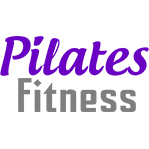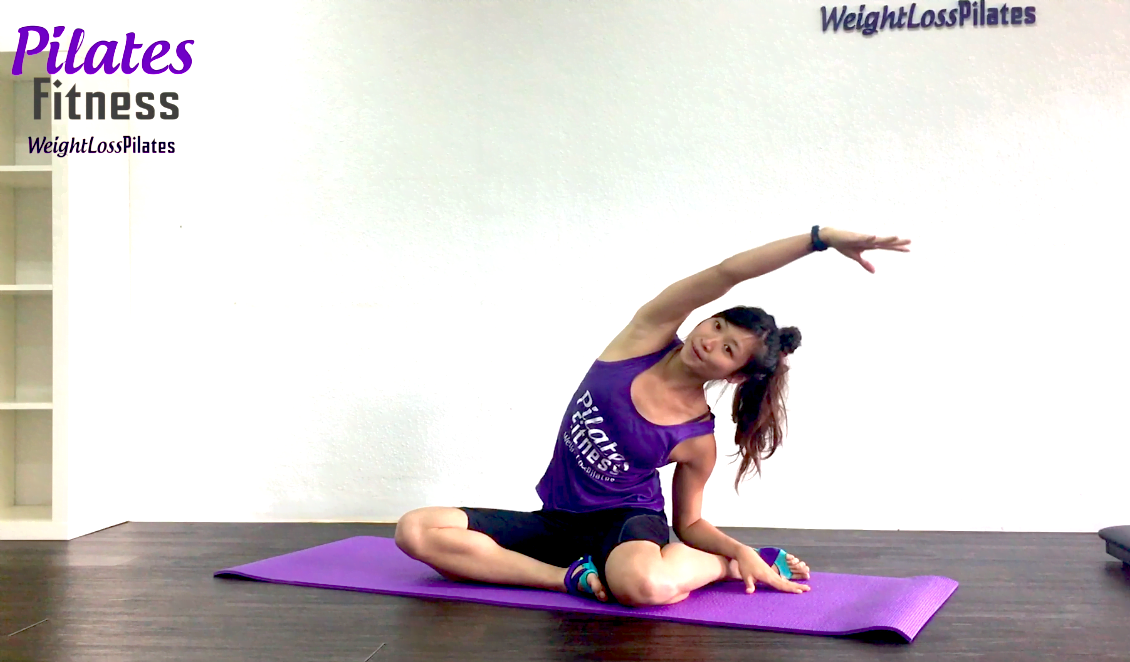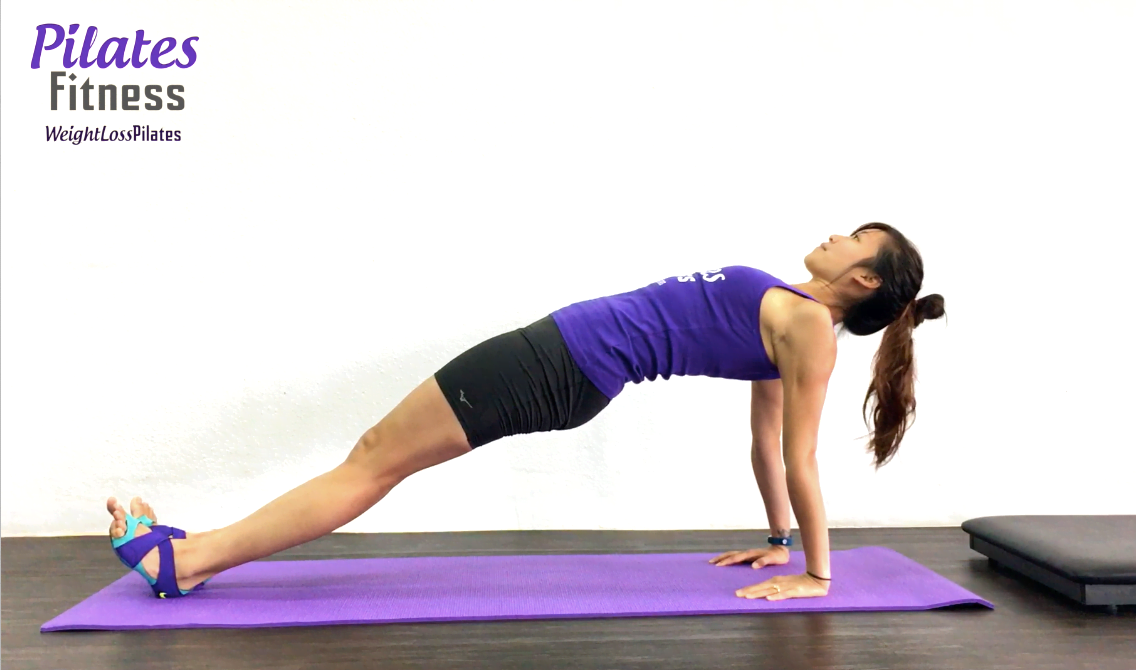10 Jun 3 Little-Known Factors That Pilates Could Affect Diabetes
Pilates is your ally in the war against diabetes. In 2017, Singapore government declared war against diabetes. As of November 2023, more than 400,000 people in Singapore live with diabetes, with the number projected to rise to 1 million by 2050! Let’s look at some facts:...





